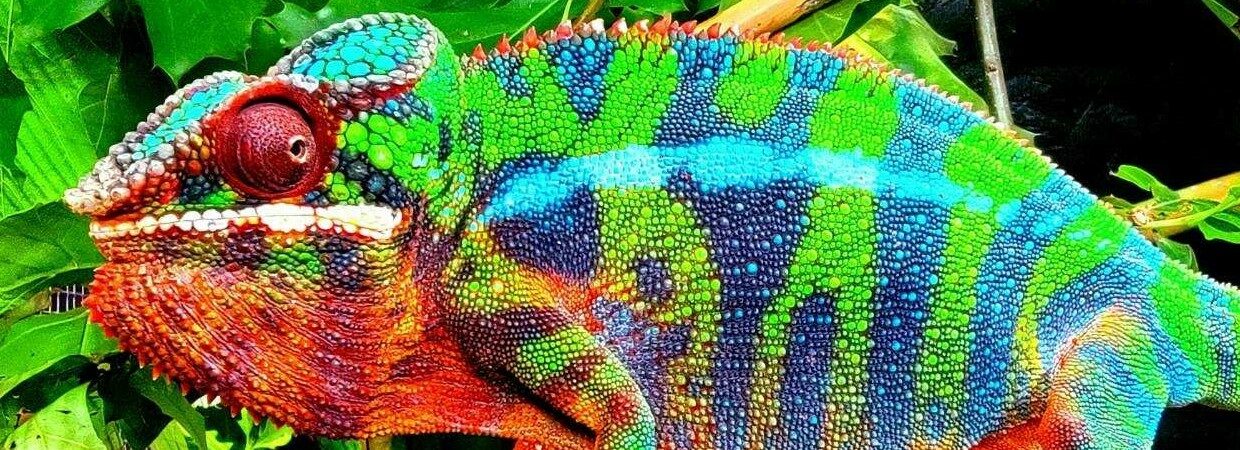
Common Name: Pythons, Dwarf boas, Shield-tailed snakes, Vipers, Wart snakes, False coral snake, Dwarf pipe snakes, Boas, Split jaw snakes, Typical snakes, Asian pipe snakes, Elapids, Homalopsids, Lamprophiids (includes former Atractaspididae as well as 6 other subfamilies formerly considered colubrids), Mexican burrowing snake, Snail-eating snakes, Dragon & odd-scaled snakes, and Sunbeam snakes.
Scientific Name: (Serpentes)
Size: Growing up to 30 feet long, the reticulated python (Python reticulatus) of southeastern Asia and the East Indies is the longest snake in the world. These giants have an average weight of 250 pounds, but the largest known specimen in existence weighs in at a whopping 350 pounds. Weighing your snake is very important, especially during the first three years. It will help you to track their growth, keep them within a healthy weight range and stop obesity. The average snake size is 2.5 feet to 6 feet with females being larger.

Diet: All snakes are carnivores. Their diet depends on the species. Some eat warm-blooded prey (e.g., rodents, rabbits, birds), while others eat insects, amphibians (frogs or toads), eggs, other reptiles, fish, earthworms, or slugs. Snakes swallow their food whole.
Lighting: Snakes don’t need a light to be on at night. They benefit from a day and night cycle, which means they need light during the day and darkness during the night. If the light stays on during the night, the snake could become stressed, lethargic, and may stop eating. To maintain body temperature, snakes need heat, not necessarily sunlight — but sunlight is a generally the most convenient source of heat for snakes.
Temperature: Heating Tanks must be kept warm to ensure that your snake stays healthy. The temperature should range between 75 and 85 degrees Fahrenheit (24 and 29 degrees Celsius), although different species like different temperatures. An excellent way to heat your tank is to place a heating pad under the tank.
Humidity: You want the humidity levels to be between 55% and 60%. If you take the time to perfect your snake’s condition so that the tank has this temperature and humidity, the snake should live a very long time.
Enclosure: A clear, 20-gallon terrarium makes an ideal snake space. Keep in mind, as snakes grow, they may need more space and a bigger terrarium. If you have multiple snakes, keep them separate; it’s best to have just one per habitat. Top the tank with a screened lid for ventilation. Larger snakes should be introduced to a tank of at least 40 gallons in size. Juveniles do well in smaller cages that make them feel secure. A baby pet snake in a large cage can become stressed easily. Adults do not require extensive or elaborate enclosures either. During just one hour observation periods at zoo exhibits, 37% of snakes adopted straight or near straight-line postures, confirming that when allowed enough space to stretch, they do exactly that. The authors concluded: “… snakes utilize and biologically need considerable space as part of their normal lifestyles. Please do Your Research as every snake is different and may require different setups.

Level of Care: Owning a pet snake is way less demanding than owning other kinds of animals like dogs. They are fairly low maintenance and easy to care for. Pet snakes are great for kids who are interested in wildlife. Often, they can be a good introduction into learning more about nature, biology, and ecology.
Cost of Care: Be prepared to dish out a few hundred bucks to get started. All in all, you’re looking at a total cost of about $100 on the low end and $400 on the high end to set up your snake’s enclosure. Also, plan for about ~$20-30 dollars a month to feed your snake and maintain its enclosure.
Does a Snake Bite Hurt: Most snake bites can cause pain and swelling around the bite. Those that are venomous may also cause fever, a headache, convulsions, and numbness. However, these symptoms can also occur due to intense fear following the bite.
Soaking Your Snake: When snakes shed, they require more water than normal. In the wild, snakes that are entering a shed cycle will drink frequently and seek out a damp retreat to retard water loss. In captivity, when provided with no other option, snakes will soak in their water dish to remain well hydrated.

Misting: Lightly mist the entire enclosure, including the animal, substrate, and cage walls. The droplets that form will evaporate and increase the humidity. Also, many reptiles like to drink up little water droplets off the cage furnishings, rather than from a dish.
How to Tell if Your Snake is Happy: Unless the snake is new to you, you should have a reasonable idea of how it acts and how it reacts. You should have a decent idea of what it will do if you introduce a new branch to the enclosure, or if you reach in the tank to handle it. The most obvious sign that your snake is content is that it acts in a typical way. Any changes in behavior could indicate stress, anxiety, fear, or even illness, and you should keep an eye on your scaled friend to make sure it seems at ease. A happy snake can appear lazy as it ambles and slowly slides around its enclosure. A pet snake doesn’t have any reason to be hurrying around and if it is unbothered in its life, it is more likely to laze around than rush. Draping itself over branches and rocks is another sign that your snake feels at home in its enclosure.

Breeding: Many snakes are known to take a more one-on-one approach. When a male locks onto the pheromone scent of a female receptive to mating, he will follow it until he finds her. If there is already another male in the area, the males may engage in non-violent combat.
Veterinary Checkup: Like all pets, snakes should be examined at least annually, and a fecal examination, looking for parasites, should be part of every examination.
Please Do Research on the Snake You Want to Get Before Purchasing

